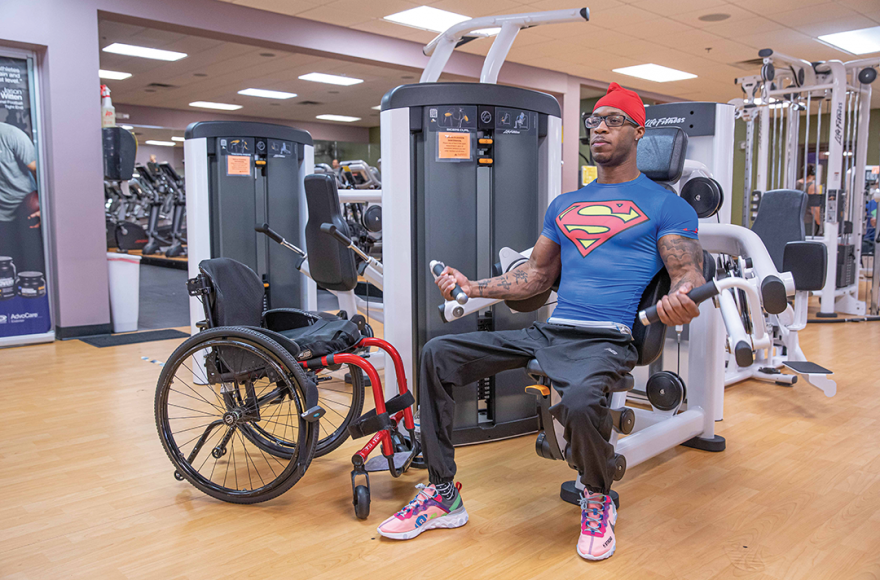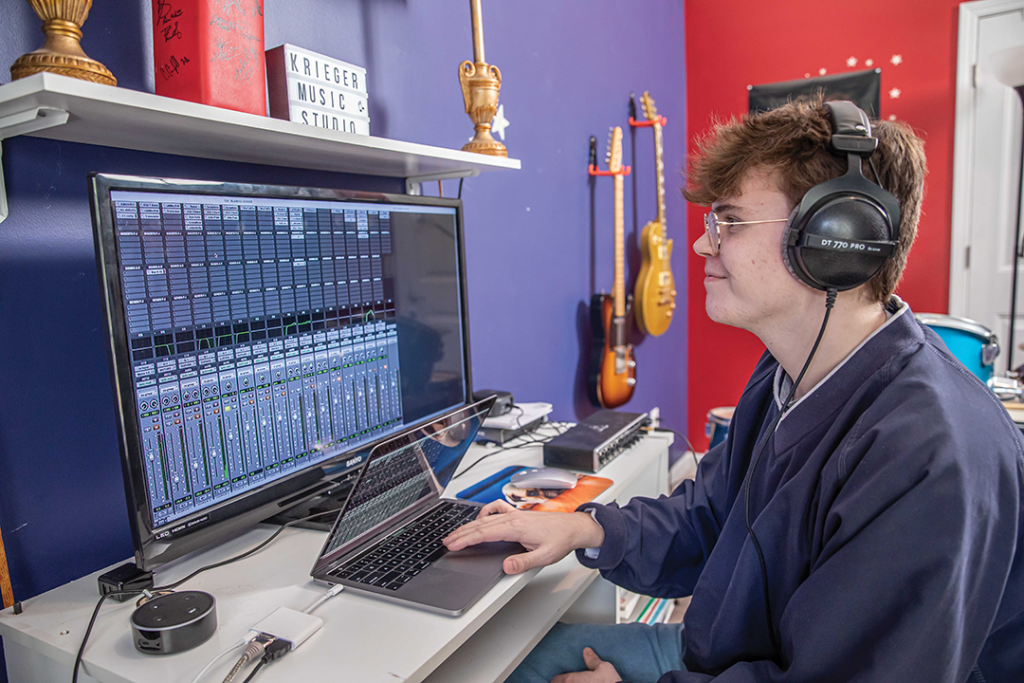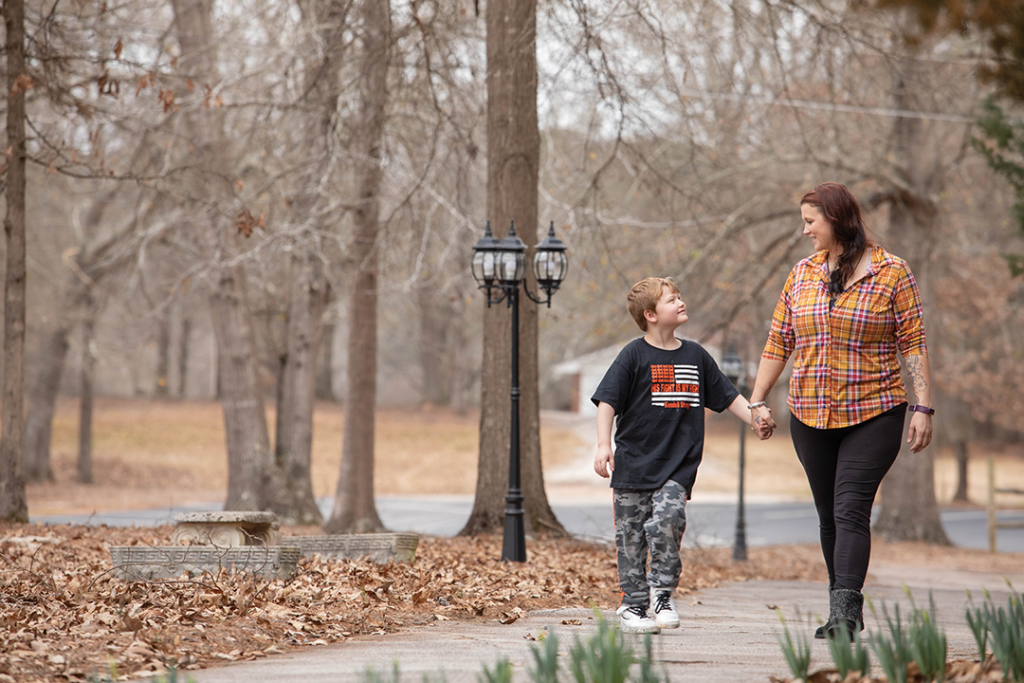Shawn Randolph had never heard of transverse myelitis until he woke up to complete paralysis in his legs in 2012. He continues to move forward with his life despite not knowing if his body will ever function properly again.
Shawn Randolph was enjoying a completely normal day at work when his legs suddenly buckled beneath him. It was Monday, Nov. 26, 2012. Stunned, he stood back up and noticed his legs felt a little weak. “I was just doing regular work,” he said. “I hadn’t lifted anything heavy or done anything strenuous.” Just 23 years old at the time, Randolph attributed the incident to a severe case of muscle spasms, perhaps from dehydration. His coworkers agreed and advised him to flood his body with fluids. He went back to work and promised his friends he would see a doctor the next day if he did not improve.
Randolph felt a similar muscular spasm sensation in his back the following morning.
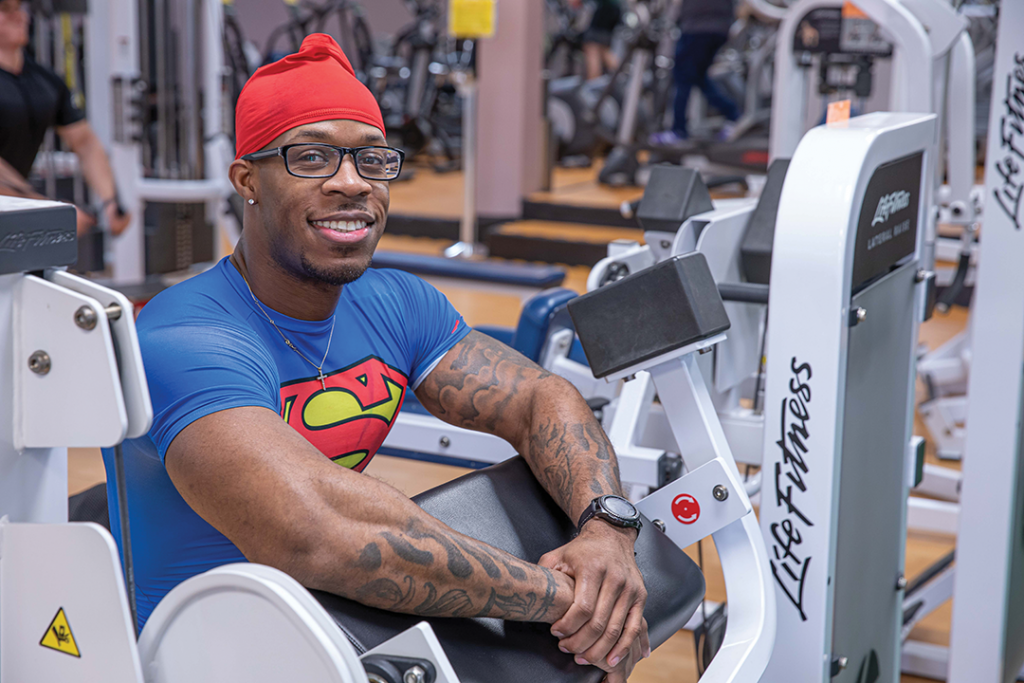
“I was able to walk OK,” he said. “It was just a little painful, so I went to Kaiser. The doctor said the same things we’d said the day before, that I needed to rest and drink a lot of fluids. I went to Walmart to get some Icy-Hot for my back. Then I went home and went to sleep.” When Randolph woke a few hours later, he could not feel his legs. They were completely paralyzed. “All I could do was yell for my mom,” he said. “My room was upstairs. She and my brother Marcus had to get me down the steps.”
Randolph admits the most painful part was emotional.
“Mom was trying to be strong for me, but she kind of had an idea it was something serious,” he said. “That was the start of a crazy 24 hours.”
“The way it was explained to me, my brain can send nerve signals to my legs, but my legs aren’t receiving them. My spine is blocking the signal.”
Shawn Randolph
Randolph’s parents, Tim and Marilyn, took him to a local hospital. There, the doctor agreed with the Kaiser physician’s diagnosis of muscle cramps from dehydration. However, when Randolph’s condition remained unchanged, his family took him to Northside Hospital in Atlanta, where he underwent extensive testing that revealed a frightening diagnosis: transverse myelitis.
“The way it was explained to me, my brain can send nerve signals to my legs,” Randolph said, “but my legs aren’t receiving them. My spine is blocking the signal.”
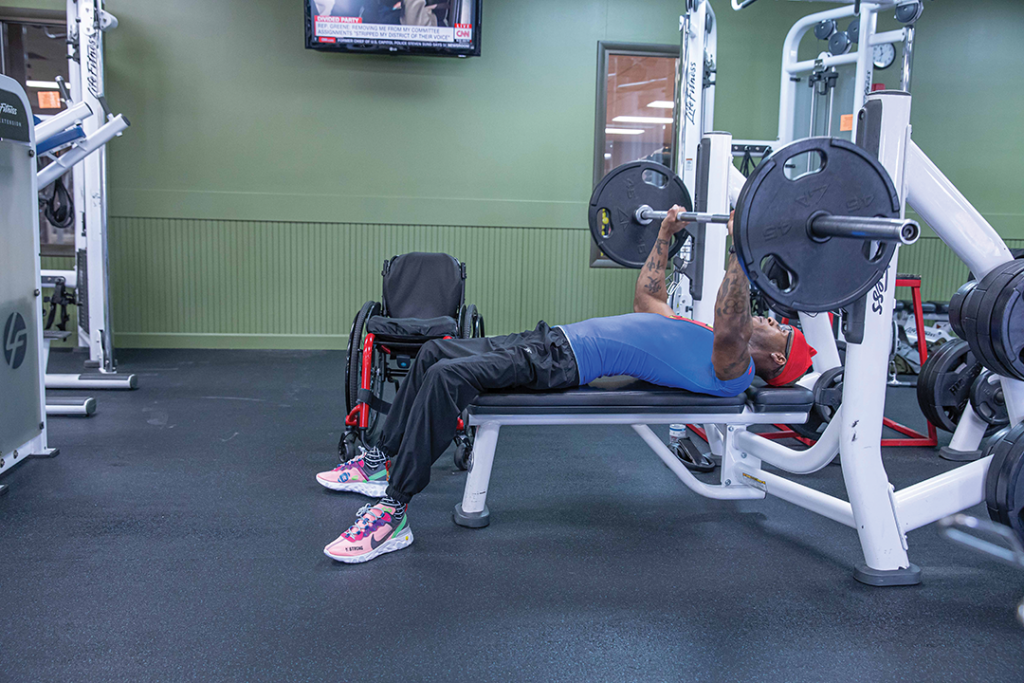
According to the National Institute of Neurological Disorders and Stroke, transverse myelitis is an inflammation of the spinal cord—the part of the central nervous system that sends impulses from the brain through a network of nerves in the body. It also returns sensory information back to the brain. As in Randolph’s case, the pain and weakness of transverse myelitis can develop suddenly over a period of hours. In other cases, the disease gradually manifests over the course of many weeks. In most instances, the exact cause remains unknown, although it has been linked to several triggers, including viruses and autoimmune disorders. Treatments for transverse myelitis are tailored to each individual and may include medication, rehabilitative therapy and long-term physical therapy.
Randolph went straight from the hospital to the Shepherd Center—a world-renowned spinal cord and brain injury rehabilitative facility in Atlanta.
“It was the best place I could’ve gone,” he said. “I was surrounded by other people in similar situations. My condition is very rare, though. Nobody there had exactly what I had, but all the people I was around were paralyzed in different parts of their body.”

During Randolph’s two months at the center as an inpatient, the therapists remarked on his consistently positive attitude. Randolph attributed it to keeping his situation in perspective.
“You know, there’s always somebody who has it worse than you,” he said. “Some were paralyzed from the neck down. At the Shepherd Center, they had this mindset that what you’re going through isn’t permanent, and I had that mindset, too, trying to be strong for everyone else.”
Still, the main question he had about his condition remained unanswered.
“The hardest thing was not knowing why it happened,” Randolph said. “No one knew why it happened. They also didn’t know when or if I’d get back the use of my legs. Some people get it back completely, some get it back somewhat, some don’t get it back at all. It’s one of those things where there isn’t much I can do to control it. It’s just up to your body.”
After two months of inpatient therapy, he continued going to the center daily for rehab. As he transitioned back to his home and usual routines, he experienced periods of frustration and uncertainty.
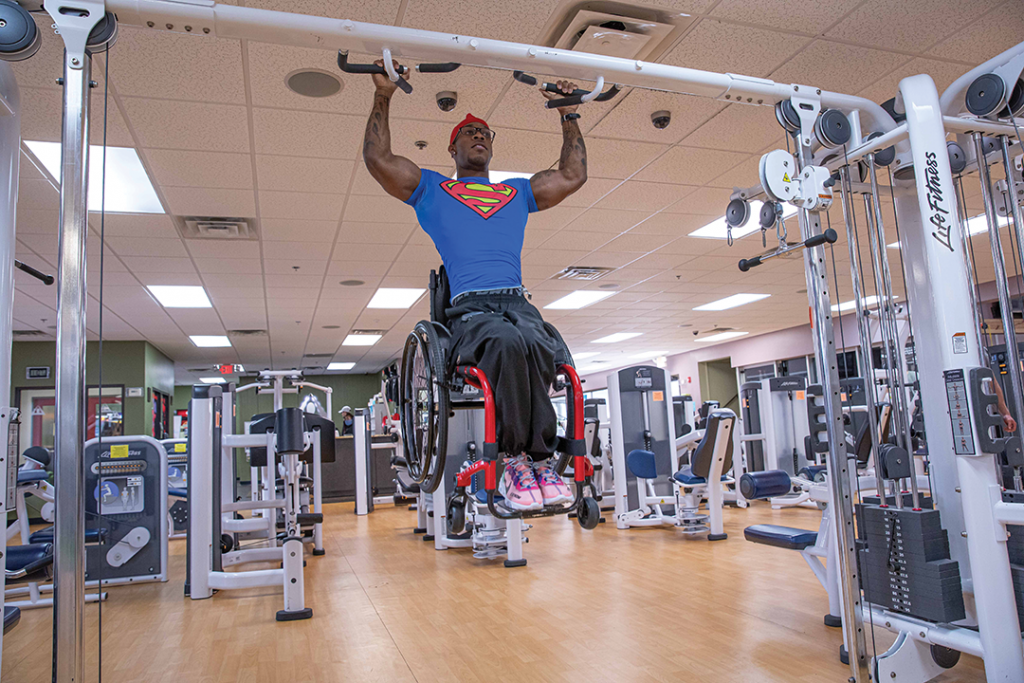
“They kept you so busy at the center [that] you didn’t really have time to think about how life had kept moving while you were away,” Randolph said. “They made rehab fun, and you’re with people who know what it’s like. I had people who looked up to me because I was always so active. Then you come home and see life had just kept moving. It didn’t revolve around you anymore.”
Randolph’s parents gave him their bedroom on the main floor, where he could use his wheelchair to access everything he needed. He began looking for work and strived to remain active. His brother Marcus suggested they go back to the gym together.
“Working out felt like therapy,” Randolph said. “I got to free my mind. I enjoyed it more than just a hobby. Year after year, I got stronger and better and figured out ways to make it my own.”
Randolph met another person in a wheelchair, and the two of them started CrossFit together. Soon, they were training twice a day to compete.
“You have to have that mindset where you believe you really can do anything you put your mind to,” Randolph said. “You’ve got to get it done.”
Now studying to become a personal trainer, Randolph shares an apartment with Marcus and works at Alcovy Fitness and Wellness Center in Covington.
“It’s a lot different trying to teach somebody how to work out versus working out on your own,” he said. “Everyone has their own limits. Teaching is harder than it seems.”
Randolph encourages people of all ages, sizes and fitness levels to do their personal best and avoid comparing themselves with others. When he hears that other people find his determination inspiring, he reacts with humble surprise.
“I’ve motivated people I didn’t even know,” he said with a laugh, “but really, you never know who’s watching you and being inspired by your example.”
Click here to read more stories by Kari Apted.

